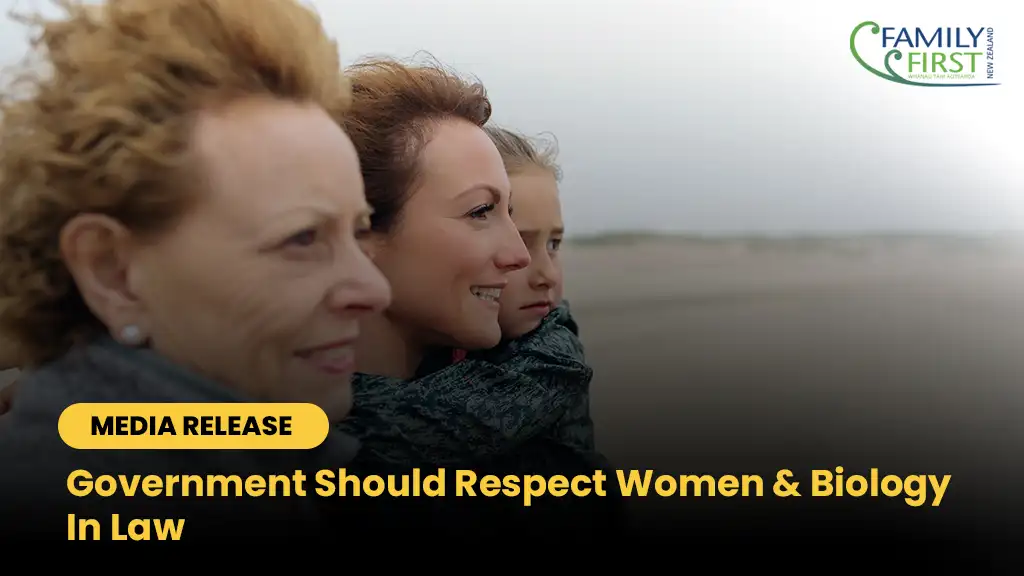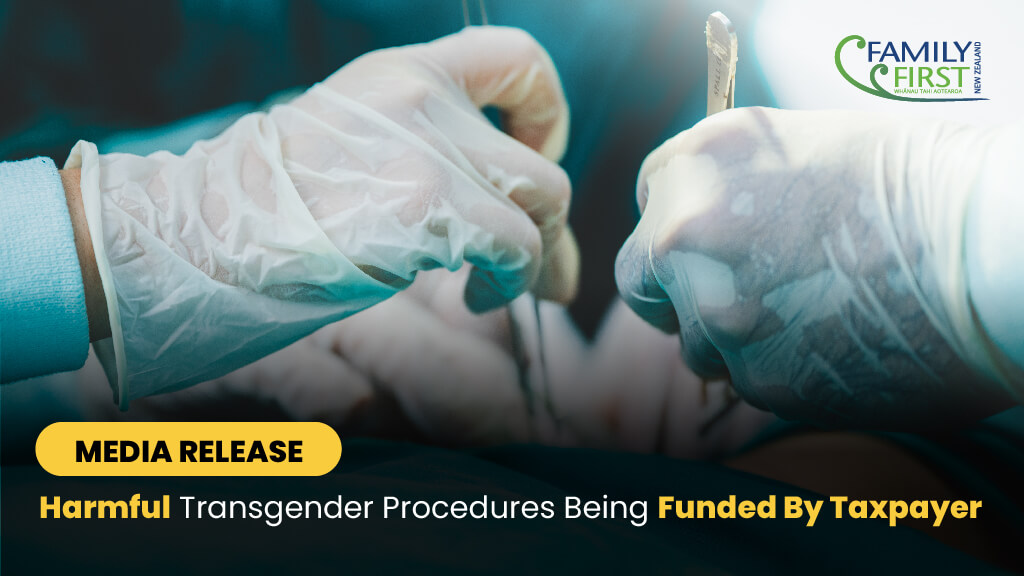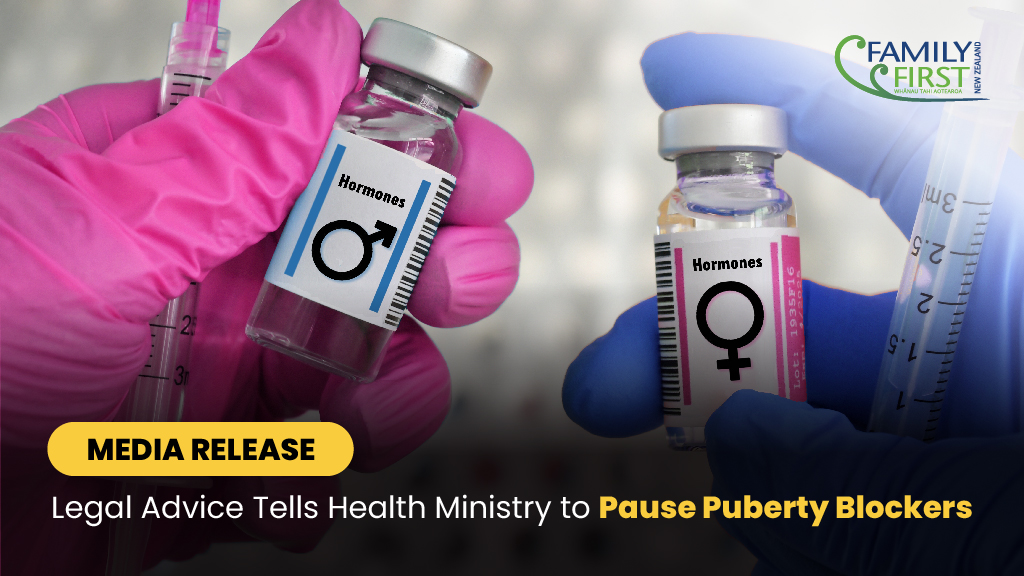Source: Police investigating after shots fired at Hastings house
Date: 15 April 2025
The number of marine mammal species in New Zealand classified as Threatened or At Risk has increased from 10 in 2019 to 14 today, with the sperm whale, pygmy blue whale, southern right whale dolphin, goose-beaked whale, and pygmy sperm whale added to the list. Leopard seals were moved from at-risk to migrant.
A ‘Threatened’ species status is given to animals in serious trouble. New Zealand has the highest proportion of threatened indigenous species in the world – more than 4000 native species are currently threatened or at risk of extinction.
Panel lead and DOC Senior Science Advisor, Dr Dave Lundquist, says several species have been shifted to a more threatened conservation status. This includes sperm whales, which were moved from Data Deficient to At Risk – Declining.
“Research published by the University of Otago in 2022 shows a long-term decline in the number of sperm whales seen off Kaikōura during summer,” says Dave Lundquist.
“We don’t yet know if this reflects a broader drop in sperm whale numbers across New Zealand, but the panel has taken a precautionary approach and assumed it could be.”
Thanks to improved population data, eight other marine mammal species previously considered Data Deficient now have updated conservation statuses. This includes pygmy blue whales, now listed as Threatened – Nationally Vulnerable.
The New Zealand sea lion has also been moved to a higher risk category – from Nationally Vulnerable to Threatened – Nationally Endangered. This is due to a smaller estimated number of breeding adults and a faster rate of population decline than previously thought.
“Estimates suggest sea lion numbers could decline by 30–70% over the next 30 years, which is about three generations. Multiple human-caused threats are likely to be contributing to this decline,” says Dave Lundquist.
Bottlenose dolphins are the only species whose status has improved – from Threatened – Nationally Endangered to Threatened – Nationally Vulnerable. However, Dave Lundquist says this change is due to better information, not an actual increase in numbers.
“We previously estimated fewer than 1000 coastal bottlenose dolphins in New Zealand, plus an unknown number of oceanic ones. We now know there are over 1000 oceanic dolphins, which improved the overall status. But coastal populations are still at risk and depend on local conservation efforts to survive.”
Dave Lundquist says the positive takeaway is that when people act to reduce threats and protect nature, it makes a real difference.
“This information is valuable for everyone involved in marine mammal conservation – including iwi, community groups, businesses, fishers, councils and government.
“When we understand the conservation status of marine mammals, we’re all better equipped to make informed decisions to help protect them and their habitats.”
The conservation status of 57 marine mammal types found in New Zealand waters was reviewed by an independent panel of national and international experts. They used the New Zealand Threat Classification System (NZTCS) – a tool that assesses the extinction risk of native species.
NZTCS assessments are reviewed roughly every five years and are based on factors such as population size, trends, and distribution. DOC uses these results to prioritise conservation work, guide resource allocation, and shape policy decisions. The assessments also support collaboration with iwi, researchers, community groups, and others working to protect native species.
Visit the New Zealand Threat Classification System’s website for the latest marine mammal conservation status data and background notes.
Background information
Explanation of Conservation Status.
The NZTCS is a rule-based system for experts to assess the risk of extinction faced by organisms in Aotearoa New Zealand. The NZTCS is administered by the Department of Conservation (DOC) and complements the International Union for Conservation of Nature (IUCN) Red List of Threatened Species. Independent panels of experts assess groups of taxa (for examples, birds, reptiles or marine mammals. Species, subspecies, varieties and forms are collectively known as taxa, singular = taxon), approximately every five years, using criteria of population state, size and trend.
Knowing a species’ risk of extinction provides a basis for setting priorities and making decisions, planning recovery programmes and research, monitoring the effectiveness of management and gaining support for habitat protection. Taxa assessed as ‘Threatened’ face greater risk of extinction because they have small population with greatest rate of decline. Taxa assessed as ‘At Risk’ are not considered Threatened, but they could quickly become so if conservation management reduces, if a new threat arises, or if the declines continue.
Published assessments and manuals can be found on the New Zealand Threat Classification System Lists. Data supporting these publications can be accessed from the NZTCS database.
The expert panel assessed the conservation status of 57 taxa of whales, dolphins, porpoises, seals, fur seals and sea lions.
Thirteen species have changed status since last assessed in 2019. One has a more threatened status, one has a less threatened status, and the remainder are neutral status changes (into and out of the category Data Deficient).
The published research on sperm whale decline in Kaikōura can be found here: Long‐term decline in abundance of male sperm whales visiting Kaikōura, New Zealand.
Contact
For media enquiries contact:
Email: media@doc.govt.nz



